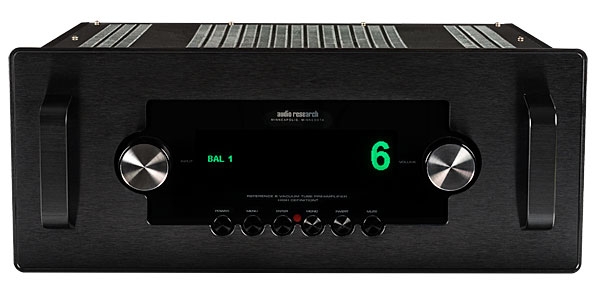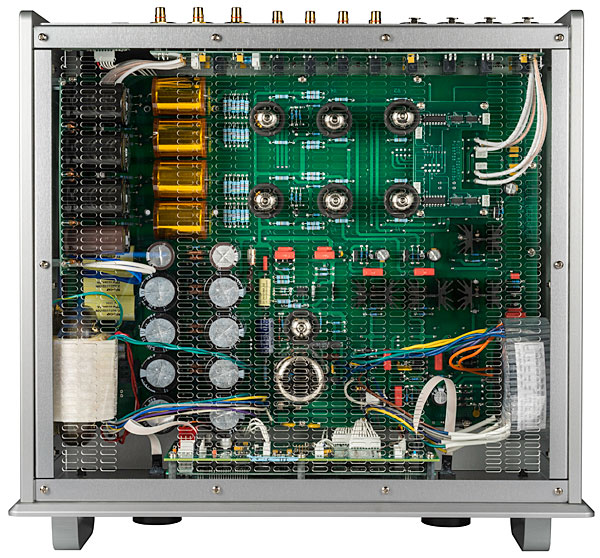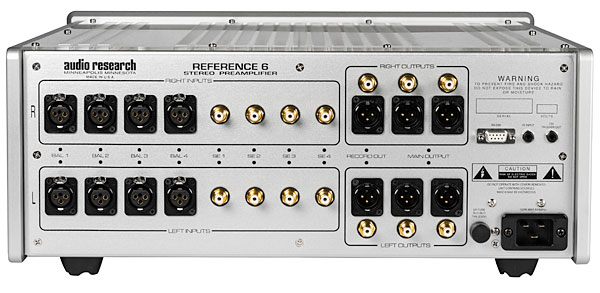| Columns Retired Columns & Blogs |
“That may offend the sensibilities of those purists who demand absolute accuracy, but in audio, there's really no such thing”
I don’t know what’s most funny: Michael Fremer who thinks he can “offend the sensibilities” of some objectivists, or the fact that he thinks this will happen from such an empty, predictable commonplace as the “immeasurability” of good sound.
There’s really no such thing, you say, as absolute accuracy in audio. Never mind the fact that the usual tenants of a “good enough” accuracy only ask it to be better than the human ear sensitivity, which is rather easily achieved with modern electronics, Mr Fremer don’t even recognize “absolute accuracy” as an existing horizon in audio. Absolute accuracy conceptually exists in audio as much as it exists in photography or in watchmaking. However, if someone is trying to push a 14 000$ piece of electronic whose performance can be bought for less than 1/10th the price, rising up the confusion by saying things like “in audio, there’s really no such thing as absolute accuracy” can be good practice.
One thing will never happen: a blind ABX comparison of this ARC preamp with a 1000$ similarly measuring one, to put to the test this idea that dollars can get you what measurements and science can’t.










































